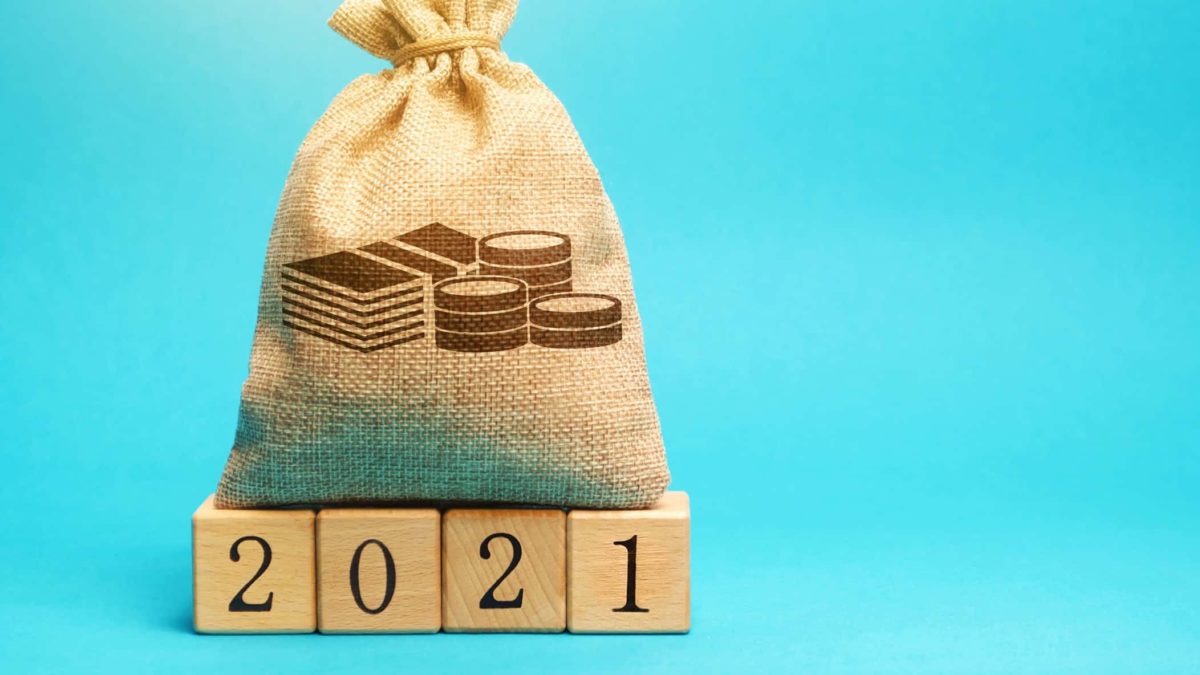Shares are set to boom over the next 6 to 12 months, according to one prominent economist.
AMP Capital chief economist Shane Oliver said Tuesday that the successful suppression of COVID-19 in Australia is stimulating the economy.
"Our Australian Economic Activity Tracker edged higher over the last week and is continuing to trend up nicely in contrast to the weaker trends in the US and Europe," he told Switzer Daily.
"All things being equal this should be relatively positive for the Australian share market and the Australian dollar."
Australian shares just finished their best month in more than 30 years. Both the All Ordinaries Index (ASX: XAO) and S&P/ASX 200 Index (ASX: XJO) climbed 10% in November.
As such, Oliver expects there could be a "short term pause" — but the market will pick up again.
"We are now into a seasonally strong period of the year for shares and on a 6- to 12-month view shares are expected to see good total returns on the back of ultra-low interest rates and a strong pick-up in economic activity helped by likely vaccines."
Moody's Investors Service last week was also upbeat about the Australian market.
"The broad diversification of Australian industry, and the flexibility and competitiveness of the economy will support a sustainable recovery over the next few years, with limited likelihood of severe financial stress destabilising the economy," said Moody's vice president Martin Petch.
Stimulus and vaccines also tailwinds for Aussie shares
Government assistance is putting a rocket under ASX shares too.
"First NSW now Victoria – fiscal stimulus continues to ramp in Australia as states take on board the RBA's advice to provide plenty of stimulus," said Oliver.
"The extra stimulus in Victoria – focussed around infrastructure, housing, regional Victoria and hospitals – will add another 1% to national fiscal stimulus in this financial year, which is similar to that from NSW."
Petch agreed that Australian government handouts have had the desired effect.
"The government's substantial stimulus package highlights Australia's flexibility and capacity to use fiscal policy to support its credit profile in a difficult global economic environment," he said.
The news about the potential of multiple coronavirus vaccines is also pumping up optimism, according to Oliver.
"There is a good chance based on current production plans along with those who have already had the virus of reaching herd immunity globally by the end of 2021 or early 2022, particularly with AstraZeneca-Oxford committing to selling their vaccine without profit across a large part of the developing world."
Australian dollar to hit 80 US cents
Unfortunately the northern hemisphere is currently dealing with a third wave of COVID-19 as it heads into winter.
European cases seem to be plateauing thanks to a fresh round of restrictions, but the US is worryingly still climbing up.
"In the US there are only tentative signs of a slowing in new cases with deaths rising well above the August high which in turn is resulting in more areas tightening restrictions," said Oliver.
"Japan and Canada are also seeing a strongly rising trend in new cases."
Therefore the strength of the Australian economy might mean bad news for our exporters, according to Oliver.
"Although the Australian dollar is vulnerable to bouts of uncertainty about coronavirus, the economic recovery and China tensions and RBA bond buying will keep it lower than otherwise, a continuing rising trend is likely to around $US0.80 over the next 12 months helped by rising commodity prices and a cyclical decline in the US dollar."
The Australian dollar was as low as 58 US cents in March amid the first wave of COVID-19. It's currently sitting at 73 US cents.









